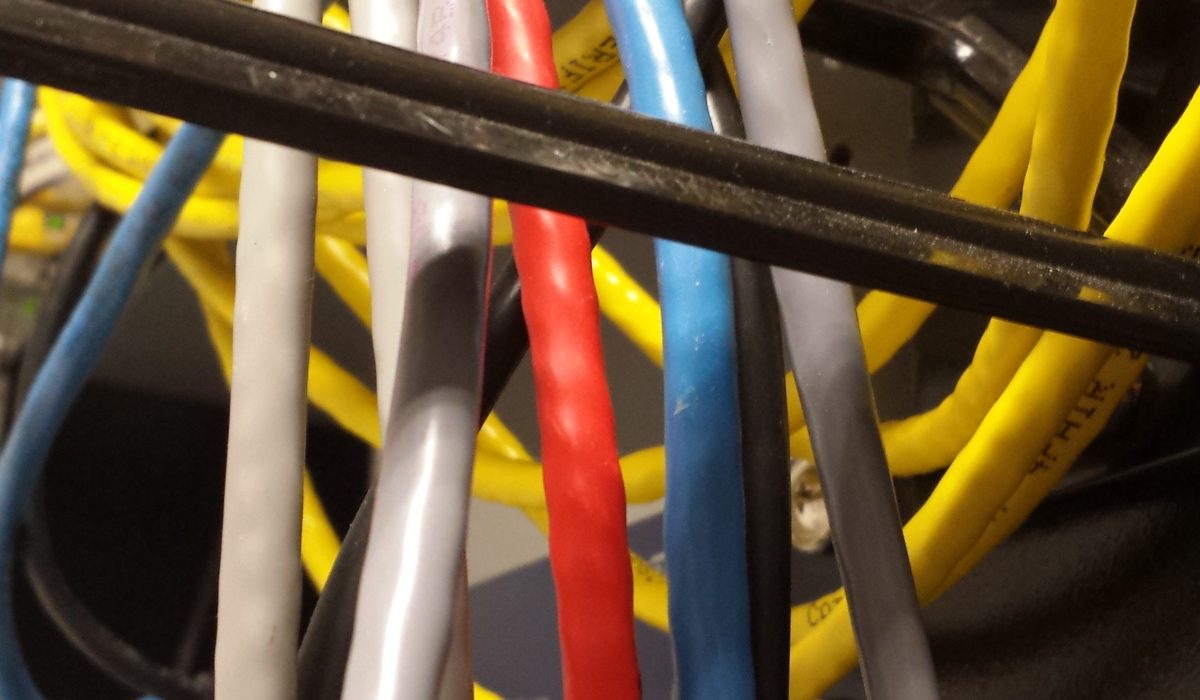
Those who have worked in an environment plagued by high volumes of nuisance trips know all too well the chaos they cause. These disruptions to normal operating conditions cause unnecessary loss of employee time, asset reliability and business income. No system has to settle for the disturbance of these trips. Below, we’ll explore the most common types of nuisance trips, their causes and how they can be prevented.
#1 Power Faults
Power Faults are typically caused by at least one of three things: unreliable power, inadequate planning or poor quality of power. Poor planning in the design of power distribution can result in overloaded circuits. When the power supply hasn’t been properly conditioned, the quality will suffer and result in a fault.
The Fix
A system suffering nuisance trips from power faults needs to be reexamined and, likely, redesigned. Specific attention needs to be given to the distribution of power surrounding the plant. Depending on the unique issues causing power faults, power feeds may also have to be updated.
#2 Communication Faults
Faults due to poor communication between controllers share similarities with power faults in that one of their causes is inadequate planning. Overloads and hardware faults can result from poor communication between site assets. Today’s technology is meant to interact intelligently with other machinery in the system. It’s no surprise that a system with poor communication would be prone to nuisance trips.
The Fix
The communication design between site assets needs to be reevaluated. Wiring should be optimized to ensure each machine in the system is performing at full potential. Communications should be intelligently designed into your system. It should be a benefit, not a detriment. Optimization of asset communication design and layout can go a long way to eliminating nuisance trips.
#3 Process Alarms
This is another perfect example of an aspect of a system that should act only as a benefit. Process alarms alone do not cause faults. Instead, it’s how they communicate the health of the system and how plant employees react to them that cause problems. Typically, we see one of three things happening in regards to process alarms. The alarms fails to activate when needed. Too many alarms go off at once, preventing plant employees from identifying the main cause. Plant employees ignore the alarm. All of these have the potential to cause unnecessary trips.
The Fix
Alarms are there to alert plant employees of issues in the system so they can address them before they cause problems. If the alarm fails to appear, appears in a confusing fashion or frequently appears when there are no issues, employees are not going to be able to do their job properly.
An alarm management study is necessary to correct these issues. The exact remedy is dependent on the unique issues effecting the plant, but may include installation of alarm filters, time delays, priority ranking and reduction of duplicate alarms. With these fixes in place, employees will no longer need to ignore alarms or worry they aren’t addressing the correct alarm.
#4 Application Program
A lot can go on within the programming of a system, especially when multiple people have worked on it. Lack of optimization within an application program can cause glitches that result in nuisance trips. Parts of certain programs may remain in the system even after they are no longer being used. Real confusion results when many people have added and removed various programs from the system. Imagine a cake being baked my various cooks. A different cook performs each step without communicating with the others. What you’ll end up with is a poorly made cake that may or may not be edible. Just as the disjointed process prevented the cooks from doing their job, confusion within the program can prevent site assets from acting properly. The unfortunate results is often a nuisance trip.
The Fix
Have the same person or company work with an application program throughout the duration of its life. A single cook making a cake is far less likely to be confused by the actions of others. This fix requires something unique from the automation world, which is why Synergy offers varying levels of support contracts. Included in each one is an annual maintenance and backup visit to ensure all programs are running as they should. More frequent visits are available depending on the level of support a client chooses. When one person or company has sole responsibility over the programming of an asset, optimization is far easier to achieve and nuisance trips less likely to occur.
